- SaaS (Software as a Service)
- SAINT (Site Catalyst Attribute Import Naming Tool)
- Schema markup
- Scroll Depth
- SEA (Search Engine Advertising)
- Search engine
- Search engine spam
- Search engine submission
- Search Generative Experience (SGE)
- Search Generative Experience (SGE)
- Search query
- Search retargeting
- Segmentation
- SEM (Search Engine Marketing)
- Semantic search
- SEO Audit
- SEO (Search Engine Optimisation)
- SERPs (Search Engine Results Pages)
- Session
- Sessions
- Shoppable posts
- .Sig file
- Site catalyst
- Site search
- Sitemap
- Skyscraper ad
- Social networking
- Social Proof
- Soft bounce
- SPF (Sender Policy Framework)
- Spider/Crawler/Bot
- Splash page
- Split Testing / A/B Testing
- Sponsorship
- SSL (Secure Site Technology)
- Stickiness
- Structured data markup
- Subdomain
- Super affiliate
- Surround session
SaaS (Software as a Service)
Software as a service includes any online software that you pay a subscription to use. Things like Dropbox and HubSpot are examples of SaaS.
SAINT (Site Catalyst Attribute Import Naming Tool)
Classifications (SAINT) are one of the enduring features of Site Catalyst (Adobe Analytics). In general, classifications (both utm_id and SAINT) are making marketers’ lives easier. SAINT allows users (advertisers) to upload customized metadata within the Site Catalyst, analyse, and process them. By classifying the data, you are attributing them specific characteristics and creating a relationship between a variable (campaign’s source, medium, keyword, etc.) and all the metadata related to it. In other words, the campaign link that is classified can be used to measure all the variables through one link because the analytical tool (Site Catalyst) recognizes the classification and knows what is going on. Without classification, you have to create specific campaign links to measure all the variables separately and manually, which takes time and energy.
Schema markup
Code installed on a website that helps search engines return relevant, informative results.
Scroll Depth
How far down a webpage users scroll. This shows engagement from the user.
SEA (Search Engine Advertising)
Search Engine Advertising is simply paying the description for paying for ad space in the Google SERPs.
Search engine
A programme that users can enter use to their search queries and the system returns a variety of indexed content relevant to that particular search.
Search engine spam
This is where a website is trying to cheat its way to move up the rankings. This could be through keyword stuffing, and once Google discovers this attempt at manipulation (which it will!), it will penalize that site, so best to do things properly to avoid any issues.
Search engine submission
the act of supplying a URL to a search engine in an attempt to make a search engine aware of a site or page.
Search Generative Experience (SGE)
SGE refers to Google’s use of generative AI to enhance the search experience by offering AI-generated summaries and overviews. This feature enriches search results by understanding the intent behind user queries and delivering detailed, accurate responses while integrating links to trusted websites for further exploration.
Search Generative Experience (SGE)
Google AI-generated search results that reduce clicks and summarise answers.
Search query
The words or phrase that a user types into a search engine in order to receive relevant content results.
Search retargeting
Showing ads to users who have already visited your website when they return to search for relevant keywords on search engines.
Segmentation
Dividing an audience into different groups. An example is segmenting a database by location in order to market to this group more effectively (in relation to their area).
SEM (Search Engine Marketing)
You might see this term used to describe all the efforts of both paid media and SEO. It’s essentially where we try and increase visibility for your brand in the SERPs, through organic and paid efforts.
Semantic search
Semantic search focuses on the meaning of the phrase, as opposed to literal matches to the keywords entered. Google focuses on this type of search as it’s more human-friendly and emulates how people talk to one another.
SEO Audit
A comprehensive review of a website to identify optimisation opportunities.
SEO (Search Engine Optimisation)
Search engine optimisation in its broadest form means optimising a website to improve its visibility and ranking results in the SERPs – i.e., trying to get to that sought-after top spot!
SERPs (Search Engine Results Pages)
When you type a search query into Google or another search engine, the pages of results that you get back in return are known as the SERPs.
Session
A user visit to a website that tracks their actions until they leave.
Sessions
A reporting statistic on Google Analytics which tells you how many times users visited or interacted with your website over a specific timeframe. You can change this timeframe on Google Analytics to see how sessions may fluctuate across different times/days/seasons.
Shoppable posts
A way that ecommerce businesses can use Instagram to tag specific products and sell them directly through the platform.
.Sig file
A small text file which can be added to the end of a message, for example an email, providing more information about the sender. The most common example of a .Sig file an email signature.
Site catalyst
Formerly known as Omniture, Site Catalyst is an analytical tool that has been part of the Adobe platform since 2009. It allows marketers to measure and analyse data from multiple marketing channels.
Site search
A search function on a website that visitors can use to look for something specific. Usually identified as a magnifying glass or a separate box for a user to enter their search term.
Sitemap
A comprehensive list of all the pages that exist on a website.
Skyscraper ad
an online ad significantly taller than the 120×240 vertical banner.
Social networking
Using social networks such as Facebook, Twitter, LinkedIn, TikTok and Instagram to create and share content with others on the same platform.
Social Proof
Evidence that others trust or buy from you for example reviews, testimonials and case studies.
Soft bounce
Soft bounces are linked to email marketing. Emails are marked as soft bounces when they’re unable to get past the mail server to the recipient’s inbox. See hard bounce for the other reason an email may fail to be delivered.
SPF (Sender Policy Framework)
SPF (Sender Policy Framework) works by creating a list of authorised email servers or domains that are allowed to send emails on behalf of your domain. It acts like a "guest list" for your email communication. When someone receives an email claiming to be from your company, their email server checks the SPF record in your DNS to verify that the sending server (e.g., MailChimp) is authorised to send emails for your domain. This prevents scammers from impersonating your company and protects your customers from phishing attempts.
Spider/Crawler/Bot
An automated programme that visits or “crawls” web sites to collect information about them in order to understand their function and relevance.
Splash page
Splash pages are used as an introductory page when visitors come to a website. They can showcase limited time offers, request age verification, promote an event or more.
Split Testing / A/B Testing
Testing two variations to see which performs better.
Sponsorship
A mutually beneficial agreement between a specific brand and another company or event, whereby one provides another with financial support in return for advertising privileges. Sometimes a company or an event will have multiple sponsors or one sole sponsor.
SSL (Secure Site Technology)
Secure site technology that encrypts content and gives the https protocol
Stickiness
Website ‘stickiness’ is where you keep your customers on your website for a longer period of time. By keeping your visitors engaged and moving around your webpages you have more opportunity to impart your marketing messages and increases your chances of conversion.
Structured data markup
HTML code that generates rich snippets.
Subdomain
A subdomain is a domain that is part of a larger domain – for example, go.koozai.com is a subdomain of koozai.com.
Super affiliate
A super affiliate is an affiliate who is acing their influencer techniques, converting lots of customers, and earning great commission.
Surround session
Advertising sequence in which a visitor receives ads from one advertiser throughout an entire site visit.
We create cutting edge, award-winning digital marketing campaigns
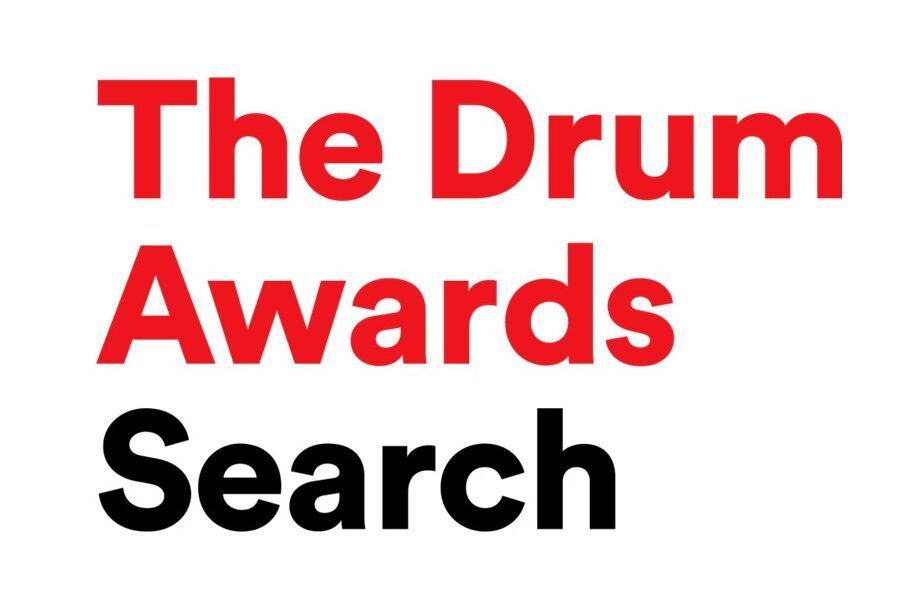






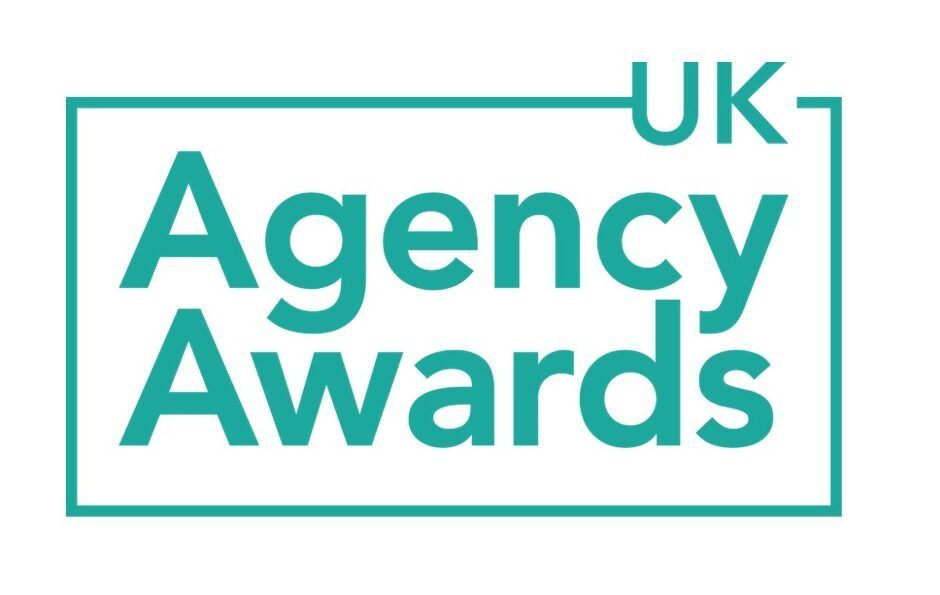
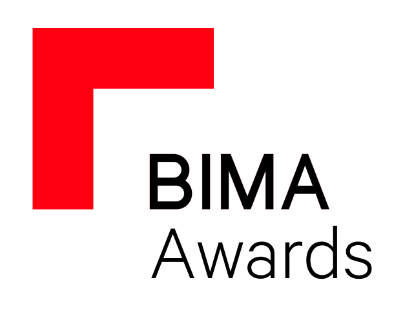
Questions?
Call us on 0330 353 0300, email info@koozai.com or fill out our Contact Form.
